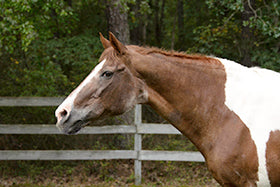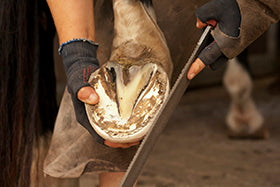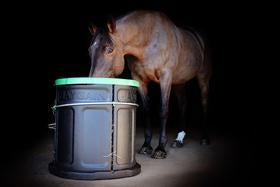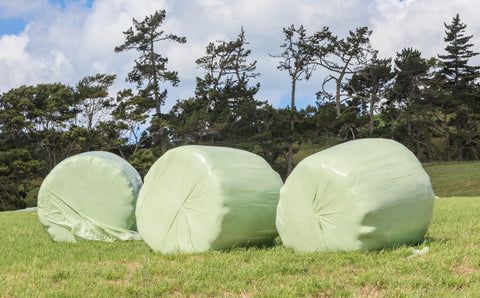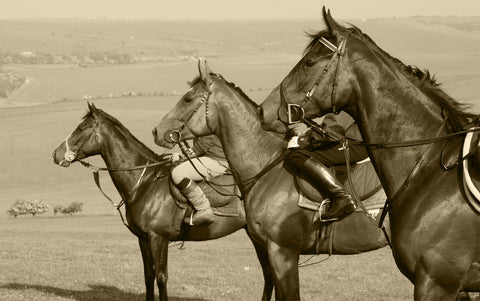Equine Ulcers Behaviour
We are sorry but this page is only available in English.
This article continues from Part 1 'Ulcers in Horses'
Equine ulcers behaviour is difficult to define as symptoms range from nonspecific and hard to notice to more serious abdominal pain (colic). More serious cases are of course easier to spot, some horses are found on their backs, since this position seems to provide some relief from severe gastric ulceration. However, most cases are far less obvious and a change in behaviour is probably the most important aspect for identifying if a horse may have ulcers. 
Equine Ulcers: Behavioural changes
A change in behaviour can give a strong indication of equine ulcers, a change in attitude or willingness to perform certain movements or activities the horse would normally carry out with no problem. Some horses demonstrate signs of discomfort when tacking up and especially when tightening the girth. Bruxism, or teeth grinding, is a common behavioural change seen in horses with ulcers. Chewing wood helps the horse produce more saliva, which can help neutralize stomach acid so this is also a behaviour associated with equine ulcers especially if it is a new behaviour to that horse.Equine Ulcers: Changes to eating habits and digestive problems
A symptom of gastric ulcers is poor or reduced appetite. There may be a reluctance to eat when presented with food or they may graze less. Some horses with ulcers experience discomfort when the food first hits the stomach so it may be noticeable that they walk away and leave their food after eating only a small amount. Horse’s can loose weight as a result of this.
Equine Ulcers: Changes in the horse’s overall condition
Gastric ulcers can lead to a decline in the horse’s overall condition. Look for a change or decline in the horse’s health or body and coat condition. They can appear more lethargic and spend more time lying down than normal.That said, it’s important to realise horses that look completely healthy can also have gastric ulcers.
Equine Ulcers: Behaviour changes while exercising
Exercise moves the acid in the stomach around, which can splash up in the upper and vulnerable part of the stomach. This can be painful especially if the horse has existing ulcers and so a change in their willingness and ability to exercise is often noted. If forage is fed before exercising this acts as a “mat” on top of the stomach acid preventing it from splashing up.Equine Ulcers: A checklist of what to look out for:
⦁ Poor appetite⦁ Dullness
⦁ Attitude changes
⦁ Decreased performance
⦁ Reluctance to train
⦁ Poor body condition
⦁ Poor hair coat
⦁ Weight loss
⦁ Excessive time spent lying down
⦁ Low-grade colic
⦁ Loose droppings




